45+ SAMPLE Food And Beverage Proposal
-
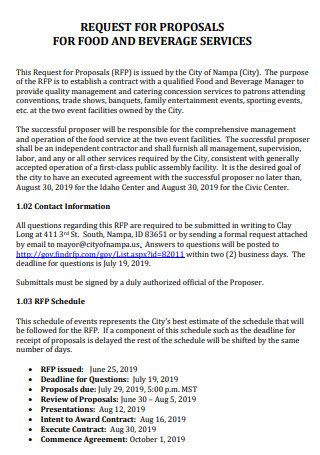
Food And Beverage Service Proposal
download now -
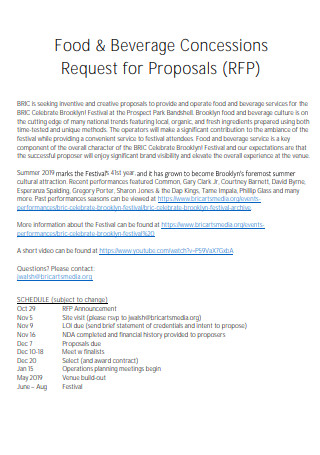
Food And Beverage Concessions Proposal
download now -
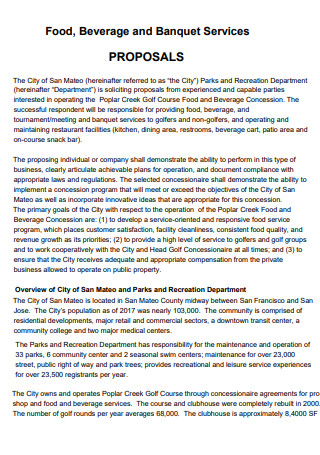
Food Beverage And Banquet Service Proposal
download now -

Additional Food And Beverage Proposal
download now -
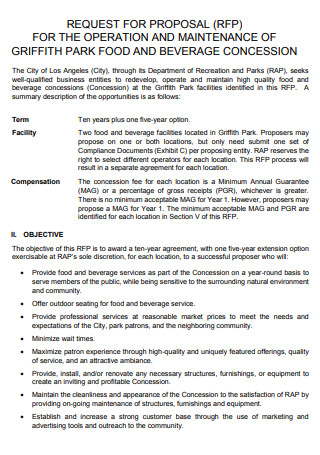
Food And Beverage Proposal
download now -
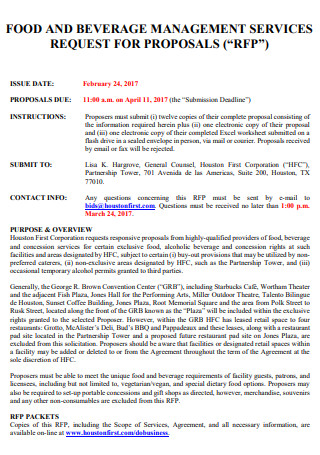
Food And Beverage Management Services Proposal
download now -
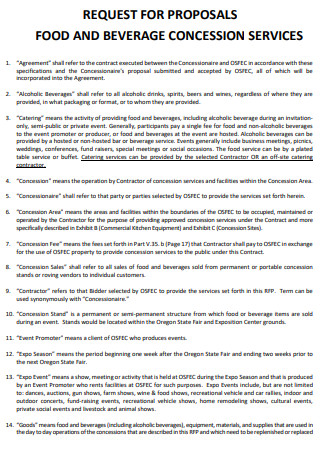
Food And Beverage Concession Services Proposal
download now -
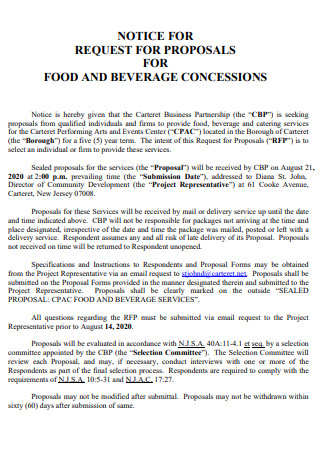
Request for Proposal Food And Beverage
download now -
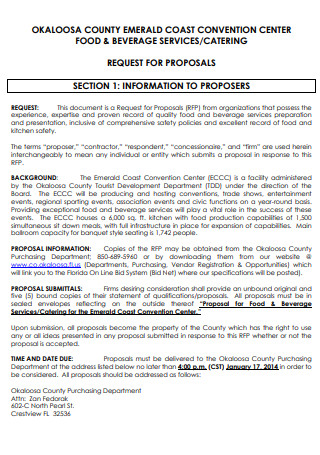
Food And Beverage Catering Services Proposal
download now -

Food Beverage Restaurant Operations Proposal
download now -
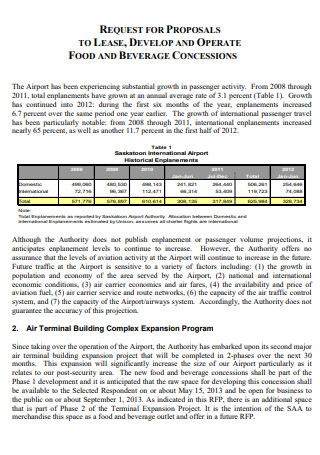
Food And Beverage Lease Proposal
download now -
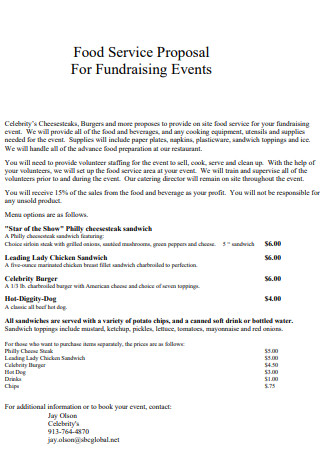
Food Service Proposal For Fundraising Events
download now -
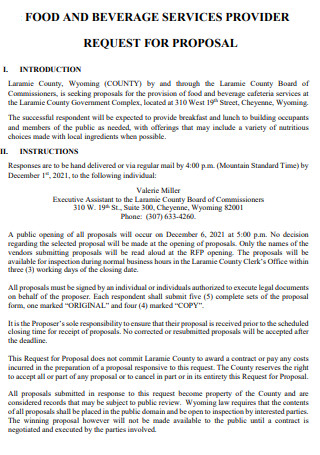
Food And Beverage Service Provider Proposal
download now -

Food And Beverage Concessionaire Services Proposal
download now -
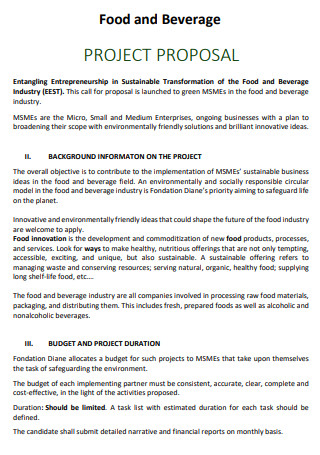
Food And Beverage Project Proposal
download now -
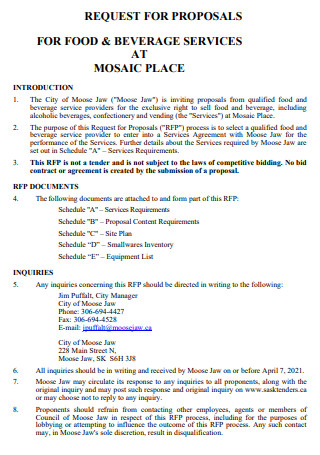
Food And Beverage At Mosaic Place Proposal
download now -
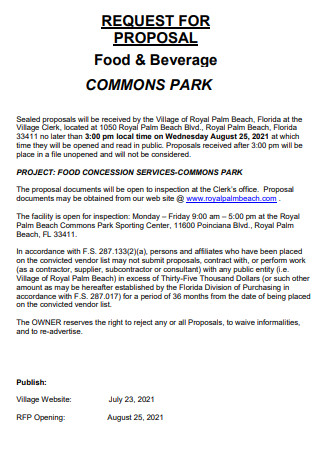
Food And Beverage At Common Parks Proposal
download now -

Documents for Food And Beverage Proposal
download now -
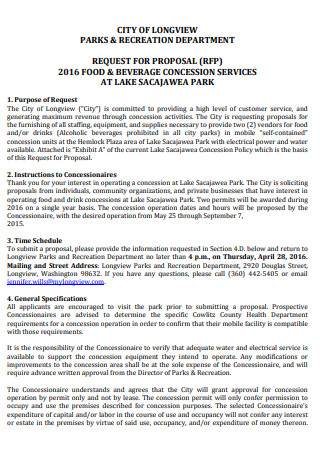
Food And Beverage Services At Lake Proposal
download now -
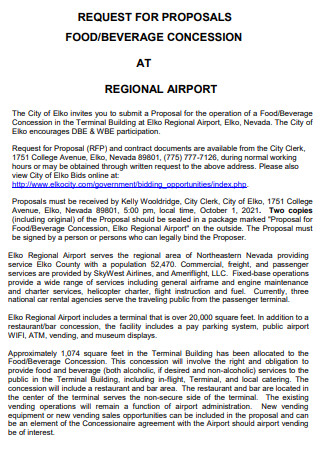
Food And Beverage Concession At Airport Proposal
download now -
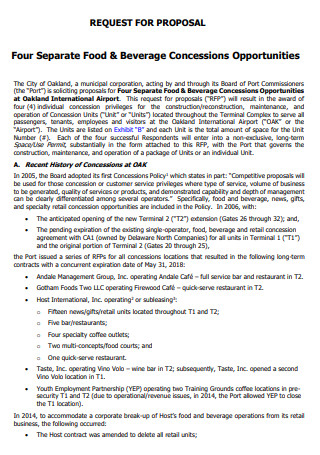
Separate Food And Beverage Proposal
download now -
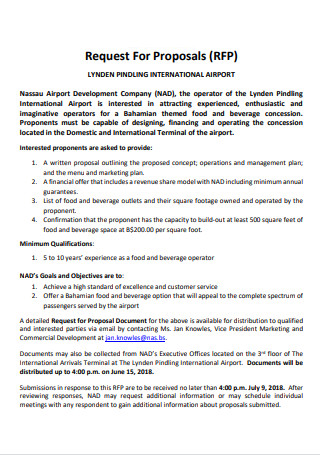
Sample Food And Beverage Proposal
download now -
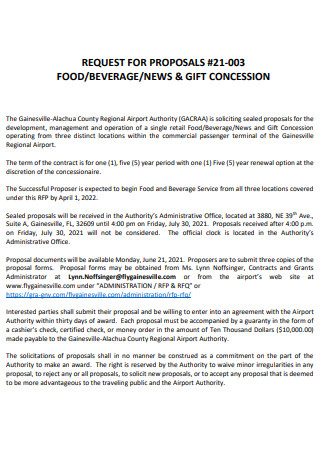
Food And Beverage News Gift Proposal
download now -
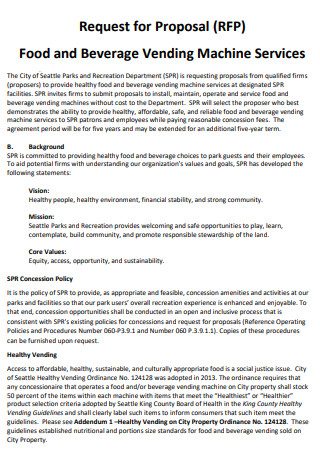
Food And Beverage Vending Machine Proposal
download now -
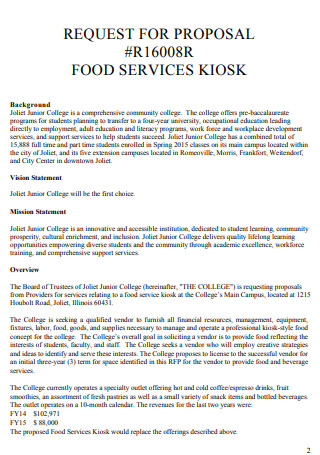
Food Service Proposal
download now -
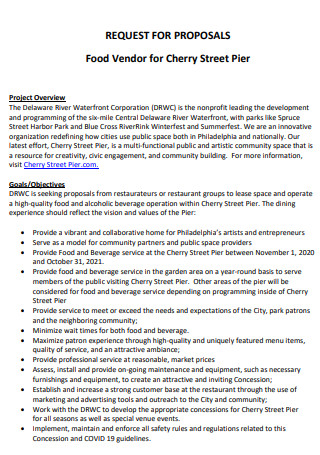
Food Vendor Proposal
download now -
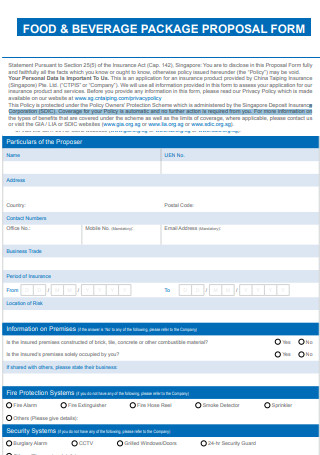
Food And Beverage Package Proposal Form
download now -
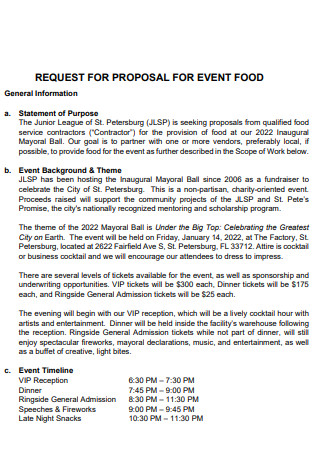
Food And Beverage Final Proposal
download now -
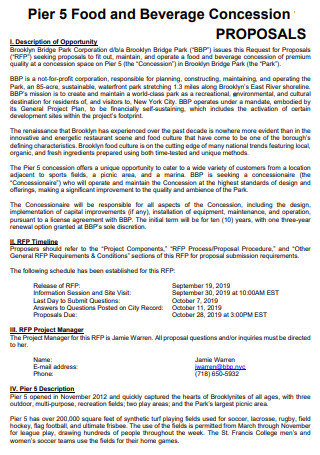
Pier 5 Food And Beverage Proposal
download now -
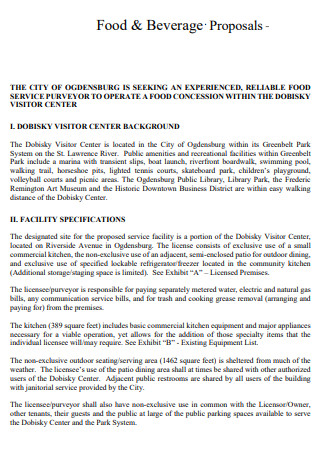
Food And Beverage Center Proposal
download now -
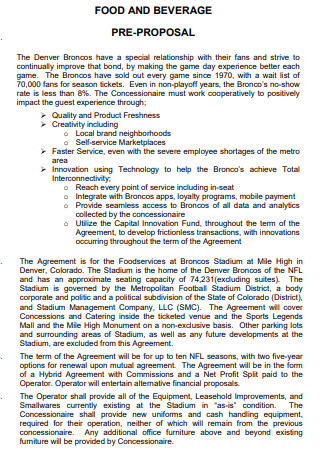
Food And Beverage Pre Proposal
download now -
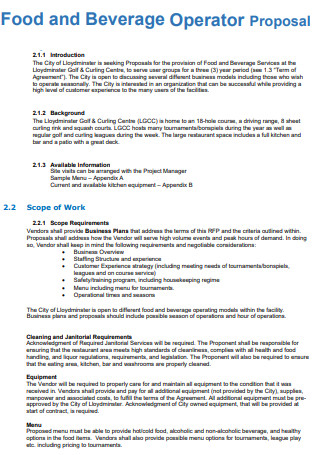
Food And Beverage Operator Proposal
download now -
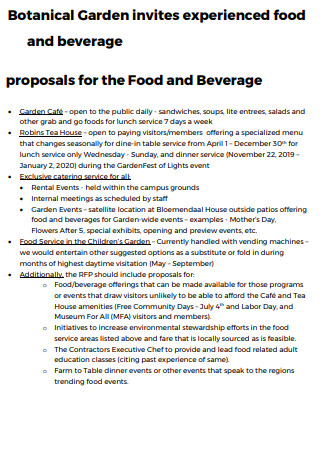
Food And Beverage Proposal At Botaniical Garden
download now -

Food And Beverage Operations Proposal
download now -
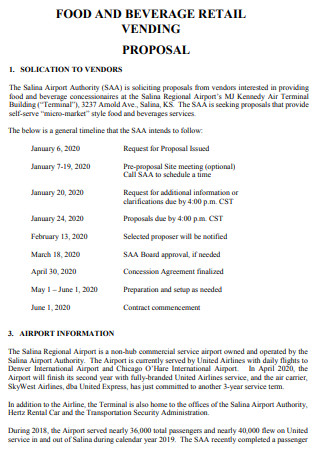
Food And Beverage Retail Vending Proposal
download now -
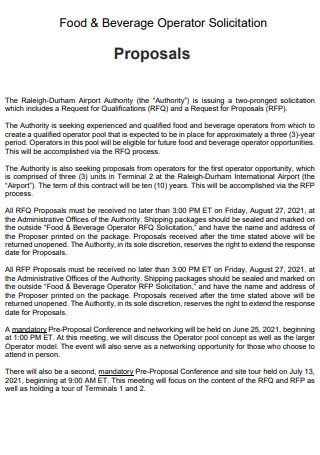
Food And Beverage Operator Solicitation Proposal
download now -
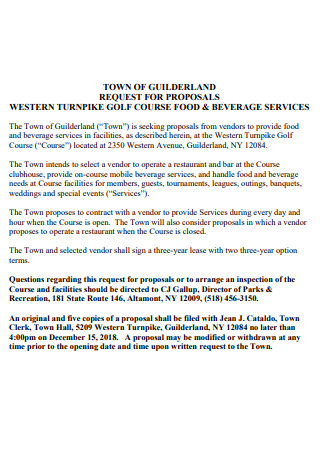
Golf Course Food And Beverage Proposal
download now -
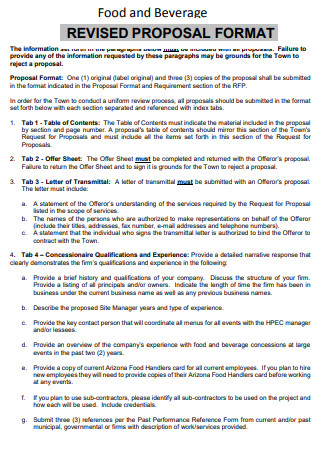
Food And Beverage Proposal Format
download now -
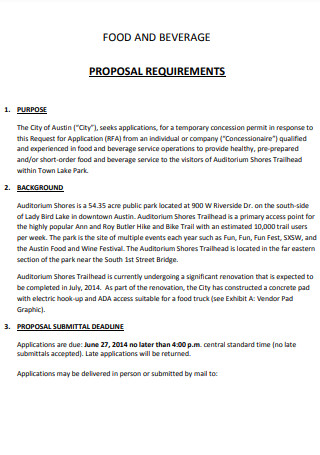
Food And Beverage Proposal Requirements
download now -
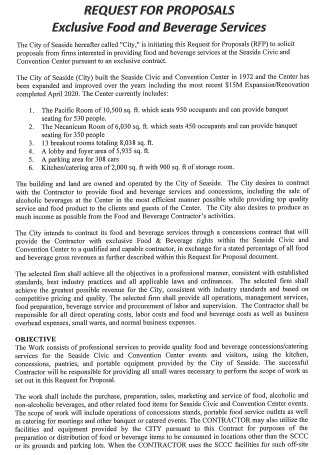
Exclusive Food And Beverage Proposal
download now -
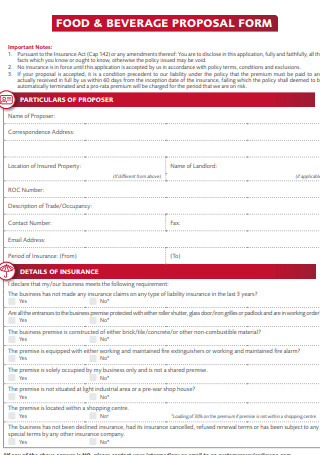
Food And Beverage Proposal Form
download now -

Simple Food And Beverage Proposal
download now -
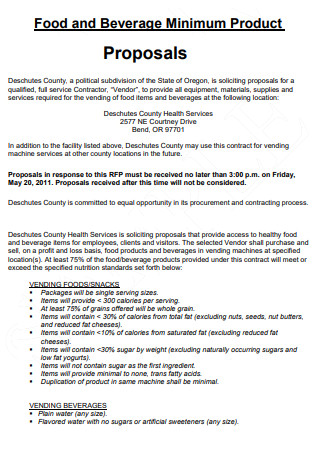
Food And Beverage Minimum Product Proposal
download now -
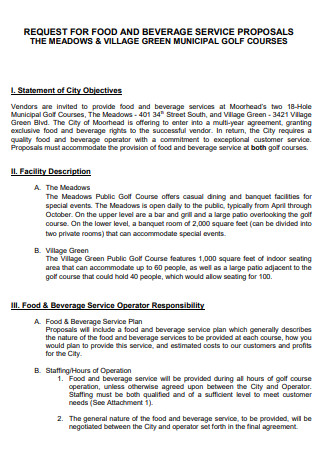
Standard Food And Beverage Proposal
download now -

Formal Food And Beverage Proposal
download now -
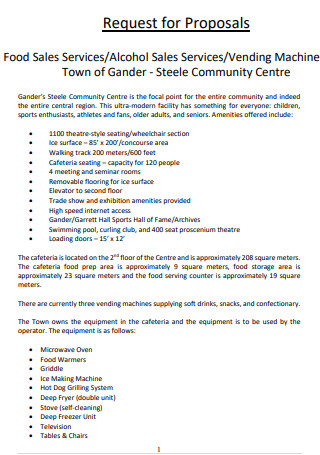
Food Sale Service Proposal
download now
FREE Food And Beverage Proposal s to Download
45+ SAMPLE Food And Beverage Proposal
What Is a Food and Beverage Proposal?
Types of Food and Beverage Services
How to Write a Food and Beverage Proposal
Things to Know Before Starting a Food and Beverage Business
FAQs
What are food and beverage management?
Why is the food and beverage industry important?
Why choose a career in food and beverage?
What Is a Food and Beverage Proposal?
The Food and Beverage action plan sector encompasses all businesses engaged in the processing, packaging, and distribution of raw food products. This covers both fresh and packaged meals, as well as alcoholic and nonalcoholic drinks. Potential investors or lenders are more interested in your research and financial predictions than your concept, so laying the framework for a good proposal is essential. You may demonstrate to prospective parties that you know how to open in the food and beverage industry by using a conventional proposal format. Check out the available food and beverage proposal sample to see how it is structured.
Types of Food and Beverage Services
Food preparation services are available on-site, such as at a hotel or a corporate event. They might also be an off-premise event held at the customer’s preferred venue. Commercial and non-commercial enterprises are the two sorts of food and beverage service operations. Restaurants, lounges, cafeterias, pubs, clubs, and bars are examples of the former, whereas services offered in hospitals, hostels, and prisons are examples of the latter. Be sure to take a look at the provided f&b proposal sample that you can utilize as you identify the type of services you want to define and offer in your proposal.
How to Write a Food and Beverage Proposal
Reaching this section of the article signifies that you are ready to begin writing the food and beverage proposal you have in mind. After defining what it is and the various types of services you can offer, your thoughts only need to be transcribed for it to have a physical form. This document may be tricky if you are not familiar with the layout. You can check out the sample proposal for food and beverage that this Article analysis provides. Review it as you follow through the guide below to have a visual reference of what you should do.
-
Step 1: Think of the Business Name
From the very start of your proposal, nothing is complete without establishing the name of your planned food and beverage business. You will need to come up with a unique name that is not utilized by other similar businesses to avoid copyright notice concerns as well as stand out among the rest of your competitors. A unique name will help customers remember your Product and services much quicker. You can also include the logo, other visual aids, and accompanying documents that can assist this step.
-
Step 2: History of the Establishment of the Business
The next step entails you listing down the origin story or history of the business. You can include why you chose the food and beverage industry in particular out of the various possible business types out there. As well as mention the concept or story as to why you have decided on the name, Menu, logo, or other accompanying information regarding the business.
-
Step 3: Add the Vision, Mission, Business Values
No business is complete without a moral guideline behind it, this is where the vision, mission, and business values come into the picture. As a business owner, you need this set of values to remind you of what you are aiming to achieve, what are the means you will be using to achieve them, and the reminder on how your business will operate. Some examples of values include customer satisfaction, which means that you uphold the customer reviews and that their words don’t fall on deaf ears.
-
Step 4: Create a Business Model and Analysis
The next step for your proposal would be the business model and analysis. This can include the plan that you have on how to conduct your business or the operating means for each day. This could also include the analysis that you have conducted regarding the budget or necessary spending fund to put into the said business. You can contact trusted financial advisors or experts in accounting to layout these data for you. To ensure a successful business, you will need to look into the whole operation and think of the long-term procedures.
-
Step 5: Conduct a SWOT Analysis
This section requires that you come up with a strength, weakness, opportunity, and threat analysis for your business. A SWOT Analysis allows businesses to gain visibility into your current situation, allowing you to better understand and measure overall business performance. It allows a company to assess its strengths, which may assist you better penetrating the market and achieving your goals. You can look into examples that this site provides and use them as a reference if you are unfamiliar with them.
-
Step 6: Detailed Explanation of the Product
As for the final step in your food and beverage proposal, you will need to prepare and present your initial planned menu. Take note that these are not the final items on your establishment because they are subject to change as time passes by. But it is still important for you to define and give an explanation on why you chose the specific set of food or beverage options to offer in your establishment. Otherwise, you can state the consumption rate you have observed in your area.
Things to Know Before Starting a Food and Beverage Business
Before you start a food and beverage business, there are a few things you should know. Food is, as we all know, our most basic requirement. We can avoid buying new clothes, but it will be difficult to avoid hunger. This is why the food industry is one of the most lucrative in the world. The food and beverage business is gaining prominence in comparison to other industries such as retail and fashion. It has been shown by the growing number of restaurants and cafes in our area. This post can assist those of you who want to establish a food company but don’t know where to begin.
FAQs
What are food and beverage management?
Food and beverage management is a branch of the hospitality business that oversees operations in restaurants, hotels, resorts, catering firms, hospitals, and hotels, among other places. It covers aspects of the food industry such as ordering and Inventory action plan, budgeting, and menu planning and costs. These managers will work on improving the guest experience with a focus on creating loyalty and maintaining good service standards on the customer side.
Why is the food and beverage industry important?
As a fast-paced and dynamic industry, the food quality in this industry has grown increasingly important as consumers have become more conscious of the issues in the food and beverage industry. Even restaurant quality is a very unstructured subject since no language can precisely define the norm that would provide client pleasure. Food freshness is another aspect of food quality that consumers care about and that influences their purchasing decisions.
Why choose a career in food and beverage?
It’s clear that the industry encompasses a wide range of disciplines and specialties. The following overview demonstrates the extent of the food and beverage industry, keeping in mind that other positions and sub-categories may apply and that certain roles entail tasks that span categories. One job is expanded out for each category to show different parts of the required skill sets and responsibilities.
An f&b business proposal sample will come in handy when setting your food and beverage business. You might want to look into a similar industry in the food and beverage business. Refer to the available catering proposal template that is offered on this site as well. Your choices are endless, all that you require is a thorough understanding of the components of the proposal and you are set!
